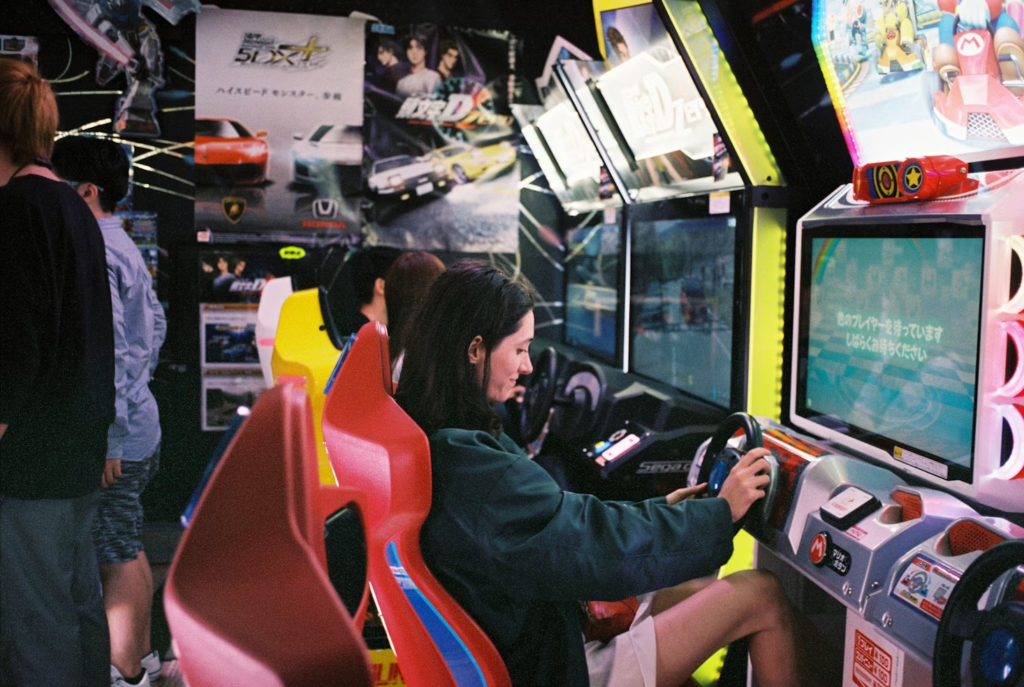
Video games have established themselves as one of the most popular forms of entertainment over the last decade. They’re no longer a niche pastime enjoyed by a small subset of society, instead, they’ve become a mainstream activity that is loved by around half of the world’s adult population.
Here in the UK, and particularly in cities like Manchester, the proportion of people who like to play video games is even higher, typically reaching around two-thirds.
There are many reasons why the popularity of video games has been growing. Some of the most commonly cited causes include the widespread adoption of smartphones which have made it possible to play games from almost anywhere, the free-to-play and casual format of many titles that makes video games cheaper and easier to access, and societal changes that have made the genre more accepted.
But another reason for games becoming more widespread is the fact that there are many that are moving closer and closer to the real world. Sure, you won’t find anywhere in the world where you can don a red cap and blue overalls and jump from block to block whilst eating mushrooms, but there are plenty of other categories of video games that are becoming very realistic. Of these, here are the most prominent examples.
Poker
Poker is one of the most popular card games on the planet, enjoyed by millions of people across the globe. While it is commonly considered to be one game, poker is actually a collective term that covers a long list of variants including Texas hold’em, five card draw, and H.O.R.S.E.
The history of poker is long, spanning several centuries and most likely originating in New Orleans in the early 19th century when French settlers began playing modified versions of card games that had been enjoyed across Europe sometime before that.
The idea of playing card games like poker on a computer has been around for almost as long as computers have existed, but it was only in the late 1990s and early 2000s when it became possible to play popular variants online against other players.
This helped the game to enjoy a new wave of popularity during a period known as the “Poker Boom”. This was sparked when a player won the World Series of Poker for the first time after qualifying for the famous tournament through an online route.
Today, the gap between online and live poker is wafer-thin. This is helped by qualification programmes like PokerStars Power Path that give online players a route into major tournaments like the European Poker Tour.
Players who first develop their poker skills online can use the Power Path to earn tickets to online and live tournaments by taking part in smaller events and challenges and working their way up through the bronze, silver, and gold levels.
Such routes are popular because the skills required for online poker are very close to that of live poker, with only a few differences between the two formats, meaning many players frequently switch between the two.

Motorsport
Racing video games are nearly as old as video games themselves. Some of the biggest names in the racing game genre today have decades of history, in particular Need for Speed, Mario Kart, and Gran Turismo.
Early video games were fun but lacked realism because the hardware of the day was not capable of providing it. For example, the first Formula 1 video game was Pole Position, and was released for arcade machines and 8-bit gaming systems like the Commodore 64.
While creating the illusion of 3D graphics, players controlled a 2D race car as a primitive race track scrolled in front of them. While the graphics look very dated today, it was impressive at the time, helping Pole Position to become the highest-grossing arcade games in 1983 and 1984.
However, it was a far cry from modern racing games like EA Sports’ F1 23 which use modern technologies like physics processing and ray tracing to create visually beautiful and realistic graphics.
They also provide support for virtual reality headsets, multiscreen outputs, and force feedback steering wheel input controls. This helps to create an ultra-realistic playing experience that uses your sight, hearing, and touch senses to make it seem like you’re in a real race car.
The success of video games like this can be seen from the fact that real racing teams use modified versions of video games to simulate their real cars to help drivers prepare for upcoming events.
Similarly, the PlayStation GT Academy, which ran from 2008 until 2016 let successful video game players earn spots in the lineups of real motorsport teams. While the jump between Gran Turismo and the Le Mans 24 race is slightly larger than going from online to live poker, many of the skills are the same so can be transferred from a console to a car.
To read more, Click here